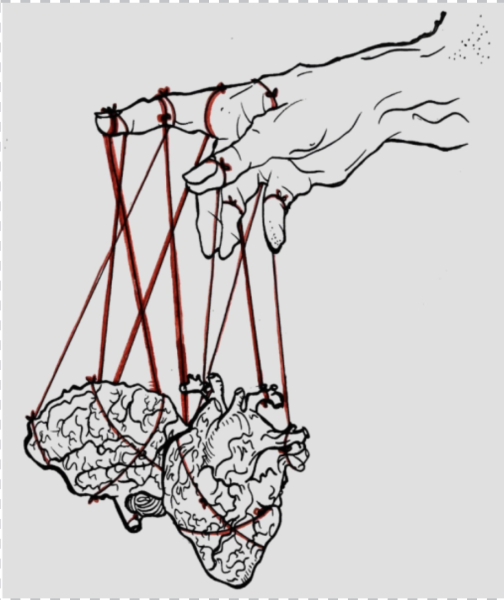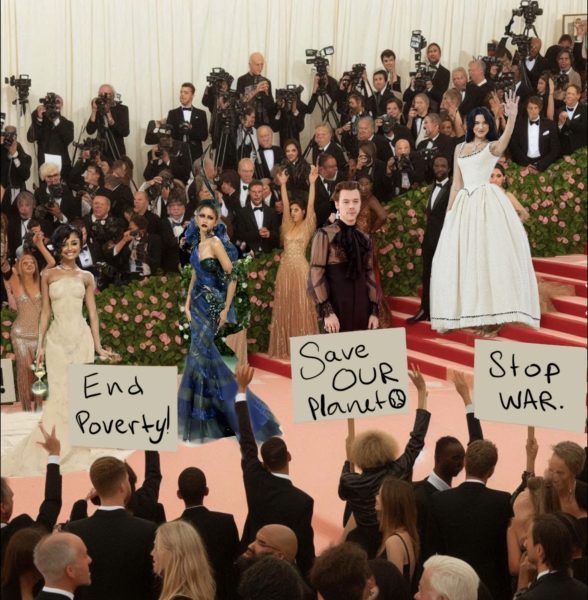The Right Path
“Why are you forcing your sexuality on us?”
I had just spoken to a few students about the fantastic job they had done decorating the school. For the most part, they said it had all been received with great support. I had only heard positive things from parents, colleagues, and even the photographer who came in to shoot the Year 13 graduation portraits. This question, however, underlined a misunderstanding about supporting marginalized people, whether through BLM, gender equity issues (where students recently told me during digital citizenship session that it’s perceived as negative to be a feminist), or as in this case, acting in support of the Pride Alliance.
Overall, I am greatly encouraged to see growth at ISL in our understanding of discrimination, and a significant increase in students standing together against hate. We are on the right path, and with continued work from students, parents, teachers, and leadership, I feel confident we will get to a place where ISL is not known for mere tolerance of other people, but for genuine understanding and honest celebration of the great things diversity brings to our school and the world beyond our walls.
I see three specific areas of work ahead in order to support LGBTQ+ people. The wonderful thing is that these three areas for growth actually support all people, regardless of their differences in physical ability, academic achievement, race, sexuality, gender identity, religion, nationality, and beyond.
- Empathy: that each person stops to understand the feelings of those around them, and reflects regularly on how their comments and actions, small or large, affect others.
- Understand how power works: when people feel their power is threatened, they often lash out in hurtful ways, saying things they might not even believe themselves. We also need to know that by holding other people up, it by no means diminishes our own power. Indeed, it makes us stronger, more approachable, and shows greater leadership.
- How to have conversations with people who think differently than us: when possible, listen and question rather than shout that someone is “racist” or “homophobic.” Nothing shuts down an argument like shame, but with that also ends the opportunity for people to learn and grow their understanding through discussion.



